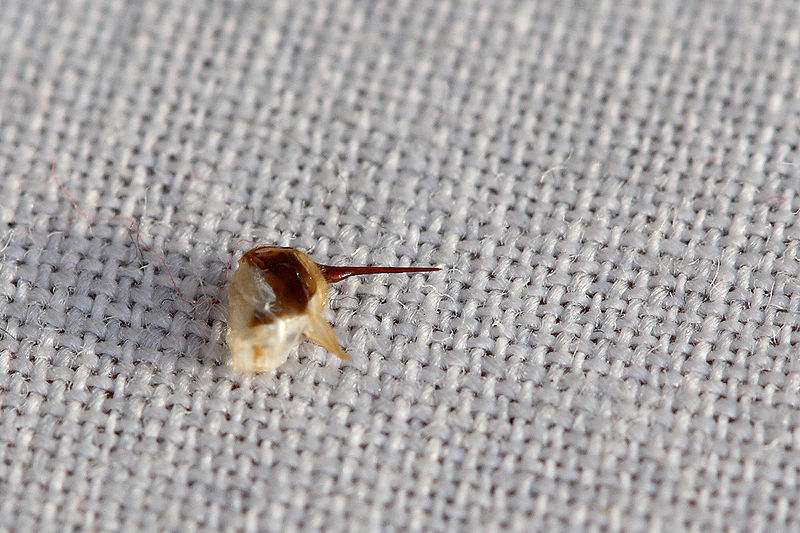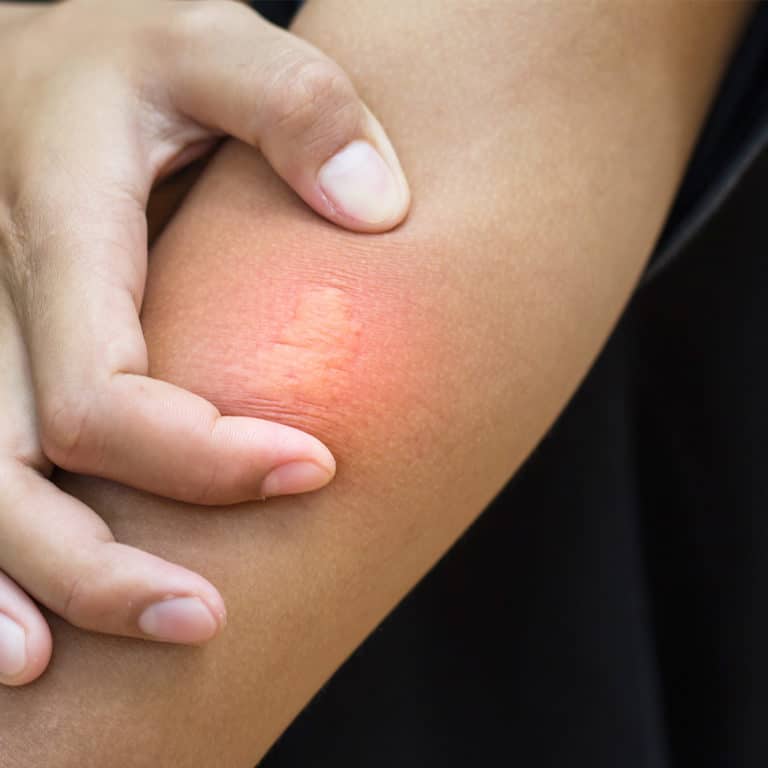Female bees like the workers and queen definitely have stingers, while male drones do not. The stinger is actually a modified egg-laying organ called an ovipositor that has evolved into a venomous stinging apparatus as a defense mechanism.
Understanding which bees can deliver painful stings helps you identify risks and respond appropriately if confronted by an angry bee.
The Stinger is an Ovipositor
In most bee species, only the females retain a stinger which is a modified ovipositor. The ovipositor is the organ used by insects to deposit eggs. In bees, this has adapted to function as a stinger delivering venom:
-
In solitary bees, the stinger allows them to paralyze prey and protect nests.
-
In social species, the stinger defends the colony from predators.
The queen’s stinger specifically battles rival queens Worker bees aggressively sting to defend the hive,
So if a bee is capable of stinging, it is female – either a worker or queen Male drones lack stingers altogether
Not All Female Bees Sting Equally
There are over 20,000 species of bees globally. The stinger and venom potency varies between different types of female bees:
-
Honey bees – Worker honey bees have barbed stingers that get lodged in skin and rip away the abdomen when pulled out. The bee dies shortly after. Queens have smoother stingers allowing multiple stings.
-
Bumblebees – Stingers have minor barbs. Both queens and workers can deliver repeated stings without dying.
-
Solitary bees – Females have simple, smooth stingers able to sting multiple times without injury. Many are reluctant to sting unless seriously threatened.
So all female bees are physically capable of stinging. But some are more dangerous than others if provoked.
Male Drones Don’t Have Stingers
In all bee species, the male drones lack a stinger or venom sac altogether. Some key reasons why drones cannot sting:
-
No ovipositor – Drones develop from unfertilized eggs and their reproductive role is simply to mate with the queen. With no need to lay eggs, they completely lack an ovipositor that could evolve into a stinger.
-
Less aggression – Drones don’t have a worker role guarding the hive. So they are more docile and unlikely to attack.
-
Bigger size – The stout drone body also can’t easily curl into a stinging position. Their thicker exoskeleton provides inherent protection.
So male bees cannot sting. Their role is strictly reproductive rather than defensive.
Typical Bee Stinger Appearance
The stingers of female bees share some common anatomical features:
-
Needle-like stylus – This long, pointed shaft anchors the stinger inside the victim’s skin.
-
Paired lancets – These serrated or barbed slides move back and forth along the stylus to drive it deeper into flesh.
-
Venom sac – This reservoir in the abdomen connects to the stinger and pumps venom through the shaft.
-
Muscles and nerves – These allow the bee to pump more venom after the initial sting.
The stinger size and barb shapes differ between species. But all female bees have an egg-laying ovipositor that has evolved into a stinging weapon.
Reactions to Bee Stings
For most people, a bee sting causes a short, sharp pain and temporary swelling and itching at the wound site. However, some individuals can experience severe allergic reactions that require urgent medical treatment:
-
Localized swelling – The affected area becomes puffy and inflamed around the sting.
-
Anaphylactic shock – Life-threatening breathing and circulation complications triggered by venom compounds.
-
Toxic reaction – High volumes of bee venom disrupt organ systems and cause widespread symptoms.
People allergic to bee venom may need epinephrine injectors, allergy shots or other treatments to stay safe if stung.
Avoid Provoking Stings
Understanding why female bees sting can help you avoid triggering aggressive responses:
-
Don’t swat at bees hovering around food, drinks or trash.
-
Stay calm and still if bees are investigating you. Don’t flap arms or try to shoo them.
-
Don’t disturb bee nests or hives. Back away slowly if you encounter them.
-
Seek shelter if bees become agitated and release alarm pheromones signaling danger.
-
Carefully inspect soda cans, pools, tree hollows and other areas before use.
-
Wear light colors, avoid perfumes, and cover skin to seem less threatening.
Learning proper bee etiquette keeps you safer because female workers will only sting as an absolute last resort.
Do bees die after they sting you?
The honeybee is the only type of bee that dies after stinging you. Only female bees (of all types) sting, because only female bees have stingers. A female honeybee is most likely to sting when it perceives a threat to its hive. When the honeybee is away from the hive and foraging among flowers, it won’t sting unless someone steps on it or gets too close to it. So, female honeybees that sting die in the act of protecting their home.
Other stinging insects, such as wasps and hornets, don’t die when they sting you. In fact, hornets and wasps can sting you multiple times. Attacking swarms like these can be fatal, even if you’re not allergic.
The murder hornet, which gets a lot of attention, isn’t really dangerous to people, but it can quickly destroy a honeybee hive.
Why do honeybees die when they sting?
A honeybee’s stinger is made of two barbed lancets. When the bee stings, it can’t retract its stinger and go merrily on its way. When a honeybee stings you, it doesn’t just leave behind the stinger. It also leaves behind some of its mouth, muscles, and nerves. The bee dies from a massive abdominal rupture.
How can this disemboweling be beneficial to the bee? Well, it’s not beneficial to the individual bee. But it helps protect the hive. That’s because the bee sting keeps hurting you (and hopefully keeping you away from the hive) even after the bee is dead.
A cluster of nerve cells coordinates the muscles of the detached stinger. First, the barbed shafts move back and forth, digging deeper into your skin. Then, the muscular valves pump toxins from an attached venom sac and deliver it to the wound. This continues for several minutes even after the bee is dead and gone.
It’s a sad ending for the bee and not fun for you either, but it makes sense that this is how things evolved. Since the worker bees that guard the hive don’t have babies, the only way for their genes to be passed on is for them to keep the hive and the babies inside it safe.


Because the stinger continues to work injecting venom into you, you’ll want to remove it quickly. Studies show that it doesn’t matter how you do it. You can try flicking, scraping or pinching it off. Even a few seconds’ delay as you debate how to remove it can have a negative effect.

How do bee stingers work?
FAQ
Do any male bees sting?
How can you tell if a bee is male or female?
Which bees do not sting?
Can female honey bees sting?
